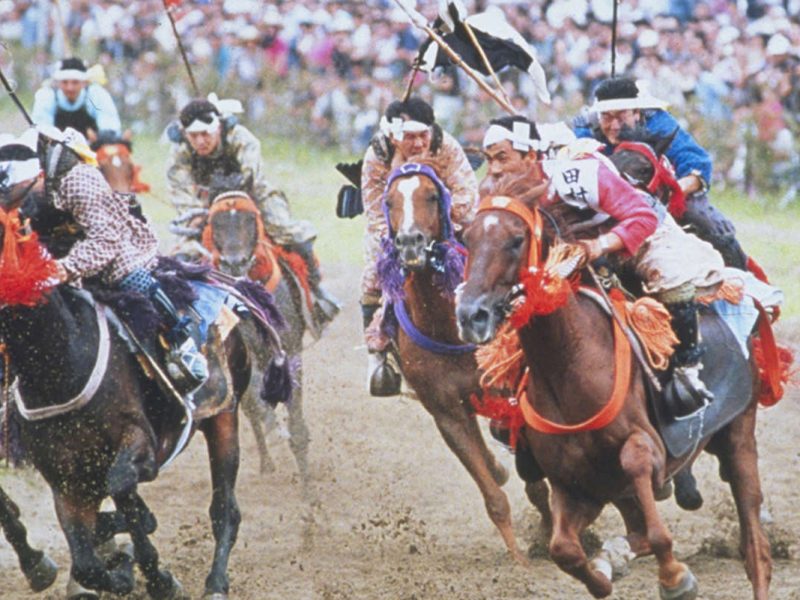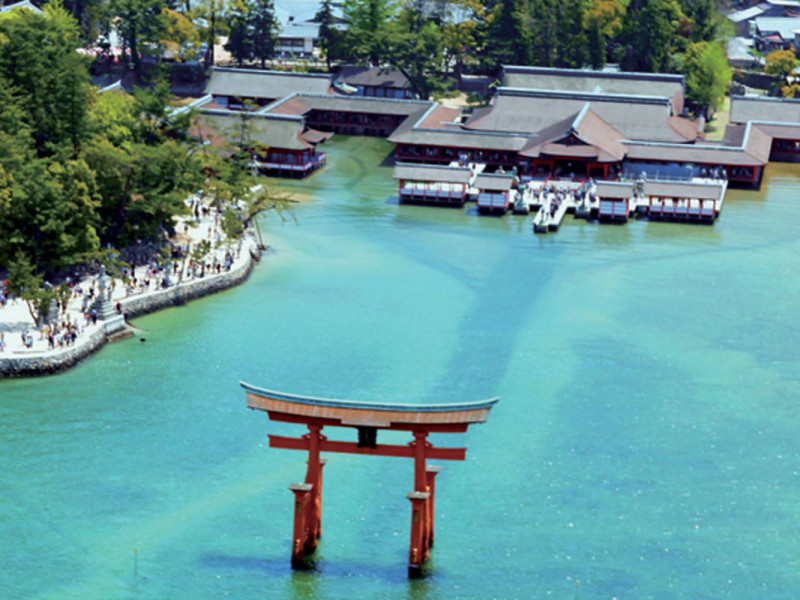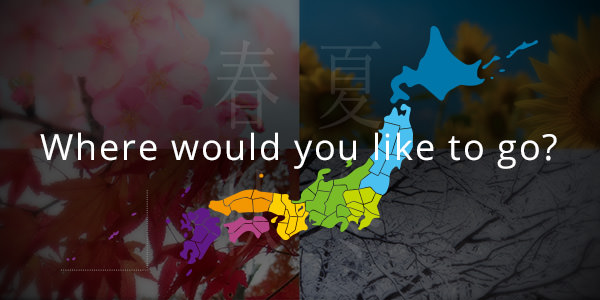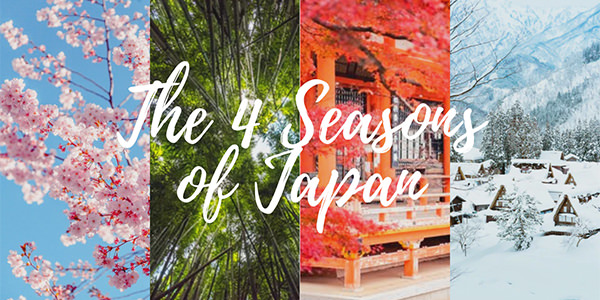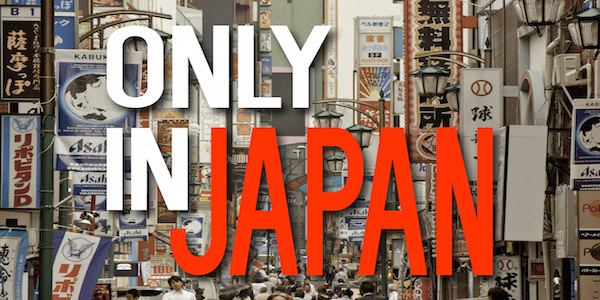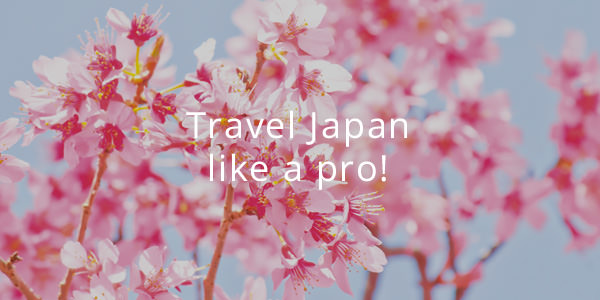In recent years, Japan has seen the rise of fashion tattoos in the fringes of Japanese youth culture. Heavily influenced by American pop culture, Japanese pop stars like Ayumi Hamasaki and Namie Amuro have popularised tattoos as a form of fashion and self-expression among Japanese young people who are brave or rash enough to defy the disapproval of the older generation. Gaining traction particularly among young Japanese women, today’s younger generation is beginning to embrace the idea that tattoos can be cute, cool and frivolous, and rejecting the negative perception of tattoos held by many of their parents and grandparents.
Japan is actually the origin of a few completely unrelated historical forms of tattoo – for instance, the traditional tattoos of the indigenous Ainu culture, and the tattoo styles worn by natives of the Ryukyu Islands (these days known as Okinawa). These less flashy traditional tattoos are rarely acknowledged today and all but forgotten. Easily the most widely-recognised tattoo form to have originated from Japan is the elaborate full-body masterpieces perpetuated and made famous by the yakuza. This is a form which evolved alongside the world-renowned style of Japanese woodblock painting, ukiyo-e. However, the tattoos young people are embracing today are generally small, one-point images which use modern-day art styles and tattooing techniques.
 © Jinx!
© Jinx!
The Japanese word for tattoo is ‘irezumi’, which literally means ‘inserted ink’. The borrowed English, ‘tattoo’, is also used commonly in Japan. Linguistically, ‘tattoo’ and ‘irezumi’ are often used interchangeably, although ‘tattoo’ is more commonly used to refer to fashion tattoos than traditionally Japan-esque styles. There is also a tendency to separate ‘tattoo’ and ‘irezumi’ as referring to two different methods of tattooing. In this case, ‘tattoo’ is used for the western style, with the ink inserted shallowly into the skin using an electromagnetic tattoo machine, while ‘irezumi’ involves the traditional Japanese method called ‘wabori’, which uses a needle attached to a thin wooden handle to insert ink more deeply into the skin, often resulting in a more textured tattoo. Masters of this technique are becoming increasingly rare and hard to find, and are often very selective with their clients. ‘Wabori’ is often said to be the more painful of the two methods, but only those who have experienced both would know for sure.
Tattoos have long been a point of controversy in Japan. For a period, the country historically practised the marking of criminals with penal tattoos, and then later banned the practice of tattooing altogether when criminals took to it as a statement and art form – although this ban only succeeded in driving tattoo artists underground until it was lifted at the end of WWII. The association of tattoos with organised crime, particularly the yakuza, is an enduring one. Amusingly, many yakuza bosses now discourage their people from getting tattoos, and otherwise straight-laced folk are increasingly becoming tattoo artists’ main source of income. Still, this overall image problem persists today, and culminates in something that affects Japanese tattoo enthusiasts and foreign tourists alike – the onsen tattoo ban.
Japanese onsen (hot spring) policies have been resisting change in recent years, despite the popularisation of the fashion tattoo by Japanese pop stars and foreign tourists. With some few exceptions – Dogo Onsen Honkan in Matsuyama is reputed to be one such – banning of tattoos is standard policy at onsens, swimming pools and gyms across Japan.
If your tattoo is small, and you can cover it, you may be able to enjoy the typical communal onsen experience if you’re discreet. The policy against tattoos is often enforced at the discretion of the staff, and some may choose to turn a blind eye. But if you are asked to leave, don’t try to get around the rule by asking why – onsen managements are not above citing hygiene standards to justify the rule and get you out of their establishment with minimum fuss. Yes, we know healed tattoos are not unhygienic, and mostly they know it too. But the link between unsafe tattooing practices and blood borne diseases makes the hygiene excuse a convenient one (although fairly arbitrary, with no rule barring entry to people with piercings and other forms of body modification) and the ban is industry standard. The true justification for it – association of tattoos with criminals and ‘bad people’ – although unspoken or otherwise chalked up to ‘how our customers feel’, is widely considered to be reasonable.
However, with the Tokyo Olympic Games coming up in 2020, and a third of foreign visitors to Japan hoping to enjoy an onsen experience, the Japan Tourism Agency has been pushing for wider acceptance of foreign culture by onsen managements. One such response to this push is a trial Hoshino Resort Holdings will be carrying out for 6 months from October 2015, at their Kai ryokan chain, which covers 13 locations including Atami, Shizuoka and Hakone, Kanagawa. During this trial, they will be providing a single 8 by 10 centimetre sticking plaster to patrons and allowing tattoos so long as they remain completely covered by this plaster. It’s a small step, but if the trial is successful, it will likely lead other establishments to make changes in policies that have to date been extremely inflexible, paving the way for greater acceptance of tattoos not just for foreigners, but also for Japanese people who get tattoos for fashion.
Despite this controversy, there is an abundance of highly skilled tattoo artists in Japan, and several well-known publications which regularly promote popular artists – many of them women, making tattoos more accessible to female tattoo enthusiasts who might not feel comfortable exposing their skin to a strange man. Art styles vary as much as they do in any other country, but the influence of traditional Japanese art is strong, and the work of many popular artists expresses a uniquely Japanese flavour which is popular with foreign tourists, many of whom visit Japan specifically to get tattoos from artists who have caught their fancy. For this reason, tattoo studios in Japan often have an English website, and may even employ English-speaking staff.
Although Japan has no standardised licencing standards specific to tattoo artists, for health and safety reasons, tattooists in Japan are legally required to hold a medical licence in order to practice their art, and most operate with strong health and safety precautions, including sterilisation techniques and disposable plastic covers on equipment. However, visitors to Japan who intend to get a tattoo should keep in mind that there is always a risk with any procedure that involves penetration of the skin, and all the precautions in the world can only minimise that risk, not get rid of it entirely.
 © Brady Hsu
© Brady Hsu
When commissioning a tattoo in Japan, of course you will want something unique and totally yours. To choose an artist, take a look at their portfolio to get a sense of what appeals to you. Once you’ve contacted your chosen artist, you will firstly discuss the style, subject matter, and location of the art you want, and they will let you know a rough estimate of the price before they design an image for you. If there was anything in their portfolio that you particularly liked, point it out, to help them get an idea of what appeals to you. The design process will likely take some time. Feel free to request changes if you are not completely happy with the initial design – a tattoo is permanent, so it is important that you are happy with what you will be getting.
Once the design is complete, you will make an appointment to start the tattoo process. Depending on the size and complexity of your design, this may take more than one session – your artist will let you know how long it will be expected to take. Ideally, you should allow time after your last session for the tattoo to heal before you leave Japan, in case touch-ups are required. A tattoo can be an extensive process, so you probably don’t want to get one on a whim on your two-week dash between Tokyo and the ski fields. But if you do decide to take advantage of Japan’s tattoo subculture, you will find it can be a stunning permanent visual reminder of your time in a complex and fascinating country which is truly unlike any other.





